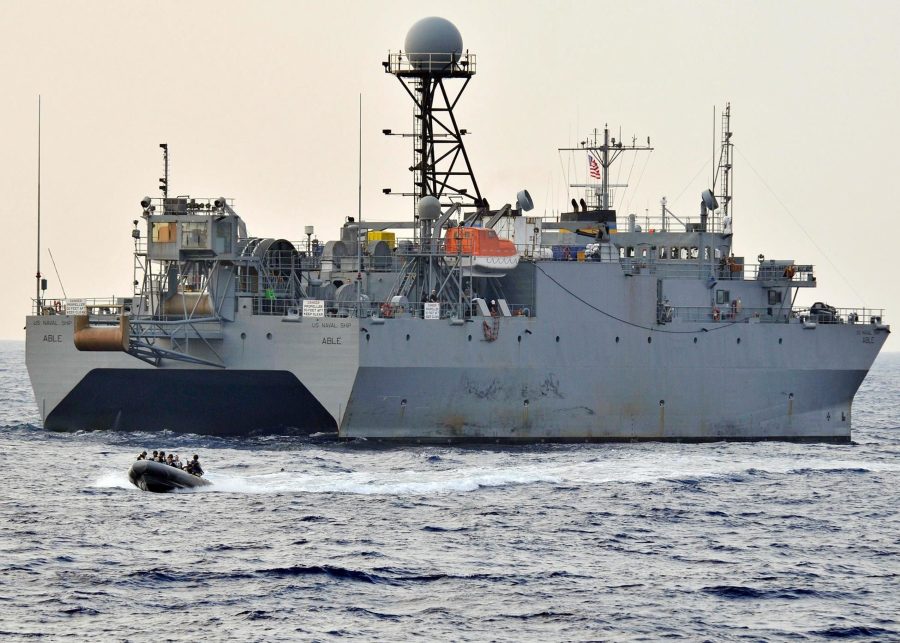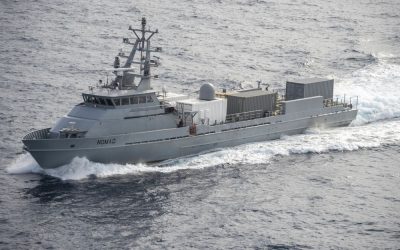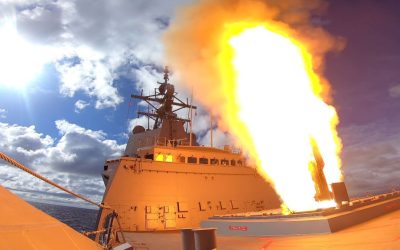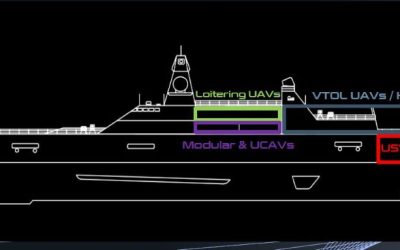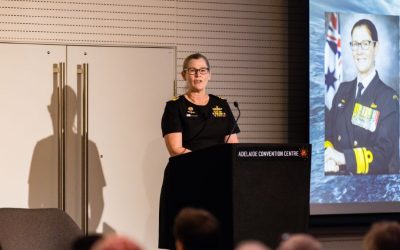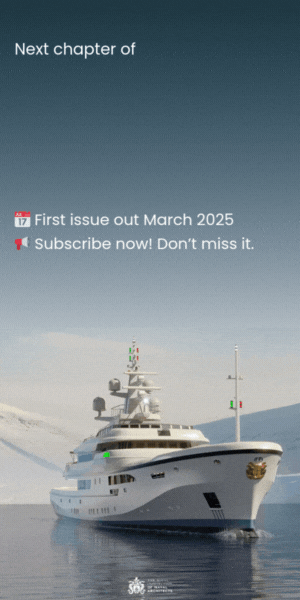A contract to build the first ship is due to be awarded in early 2024, but cost-to-complete funding is required for the first of class
The cost of the US Navy’s T-AGOS 25-class ocean surveillance ships has soared as a result of rising shipbuilding costs, including direct material inflation, supply chain challenges, and increased non-recurring engineering costs, according to a March 2023 report produced by the Congressional Research Service (CRS).
The report by CRS analyst Ron O’Rourke said the US Navy procured the first of a planned class of seven new T-AGOS 25-class ocean surveillance ships at a cost of US$434.4 million in FY2022.
However, the US Navy’s FY2024 budget submission shows that the ship’s estimated procurement cost has since grown to US$789.6 million – an increase of US$355.2 million, or 81.8%. The US Navy’s proposed FY2024 budget requests US$355.2 million in additional cost-to-complete procurement funding to pay for this cost growth.
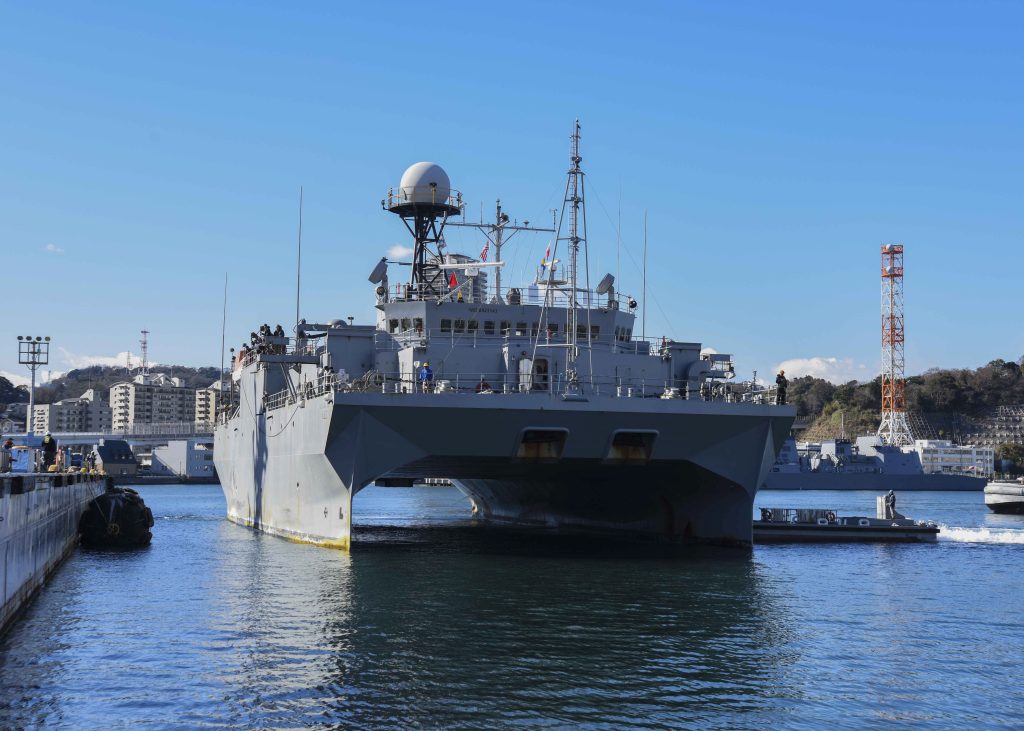
The cost of the replacement for the US Navy’s T-AGOS vessels has soared
The US Navy wants to procure the second T-AGOS 25 class ship in FY2025 and wants to procure a total of seven T-AGOS 25-class ships as replacements for its five existing T-AGOS vessels. It wants to procure the second through fifth ships in the class in FY2025-FY2028 at a rate of one ship per year and wants to use a single shipbuilder to build all seven T-AGOS 25s. A competitive award of a firm fixed-price contract for the detailed design and construction of the lead ship, with options for building up to six additional ships, is expected in January 2024.
O’Rourke said that among the issues for Congress to address in the T-AGOS 25 programme are the likelihood of further cost growth, relating to the first ship in the class; and the accuracy of the US Navy’s estimated procurement costs for the second and subsequent ships in the class, particularly given the cost growth on the lead ship in the class.
In 2020, a team comprising Halter Marine, part of ST Engineering North America, and Gibbs & Cox, and another comprising BMT as prime contractor and Philly Shipyard, were awarded contracts for industrial studies for T-AGOS 25, which was known at the time as the T-AGOS(X) programme. Contracts were also awarded to Thoma-Sea Marine and Bollinger.
The T-AGOS 25 vessels will replace four T-AGOS 19 and one T-AGOS 23 SWATH ships, which are reaching the end of their service lives. The Navy’s five aging T-AGOS ships include four Victorious (T-AGOS 19) class ships (T-AGOS 19 through 22) that entered service in 1991-1993, and one Impeccable (T-AGOS 23) class ship that entered service in 2000. As of the end of FY2021, all five were homeported at Yokohama, Japan.
The contracts were for 12-month studies to perform trade-off studies and analyses of the US Navy design.
T-AGOS vessels tow a surveillance towed array sensor system. Their SWATH hullform makes them very stable vessels and reduces rolling in heavy seas. The ships serve to support US Navy anti-submarine warfare (ASW) operations.
As stated in the US Navy’s FY2024 budget submission, T-AGOS ships ‘gather underwater acoustic data to support the mission of the integrated undersea surveillance system (IUSS) by providing a ship platform capable of theatre anti-submarine acoustic passive and active surveillance.’ The two current classes of T-AGOS surveillance ships use surveillance towed array sensor systems (SURTASS).
O’Rourke said the US Navy’s desire to replace the five in-service T-AGOS ships with seven larger and faster T-AGOS 25s can be viewed as a response by the Navy to the submarine modernisation efforts of countries such as China and Russia.
The replacement, the T-AGOS 25, will be designed for a 30-year service life.
